Clio is a good little camera. It has chip defects, cross-talk, and ghosts on bright stars, but what thermal-IR camera doesn’t? It also has a lot to offer and is very popular as seen by the telescope demand for MagAO/Clio. It has a deep enough well depth to take L-band images in the wide (coarse pixel) camera without saturating on the sky, and is sensitive enough to get good images in J-band, and can do low-resolution spectroscopy, imaging of faint companions, and it records some of the sharpest speckles you’ll ever ADI out thanks to our flat wavefronts being delivered by our AO system! Clio has so many modes — Narrow and Wide cameras, Imaging in 9 filters from 1-5 microns wavelength, Low-resolution spectroscopy across the L-band, Non-Redundant aperture Masking, and Coronagraphy (hopefully to be upgraded soon). We look at wide crowded fields, close-separation companions, disks, and more. Clio has cryogenic motors with 6 filter wheels holding a range of filters, aperture masks, pupil stops, and camera lenses for focal-plane and pupil-plane imaging modes. Clio sends focus commands to the AO system and offsetting commands to the telescope. We can control it with a GUI or scripts, including nods, integrations, subarrays, and filter changes. It has a heater and cooler with a PID controller to keep the chip cold. It is lightweight and shows no flexure, while holding its liquid nitrogen for 24+ hours. Thanks, Clio PI Phil Hinz!
I’ve been taking care of Clio this run, left with detailed instructions from Phil, T.J., and Vanessa, and help from Laird, Jared, and Alfio now too. For the last 2 nights, Arizona grad student Jordan Stone really put Clio through its paces, with me helping him in this effort. It was fun because we are learning more about how to best take L-band spectra with Clio. Here is an image showing what Jordan has been doing, with the help of the whole MagAO+Magellan team:
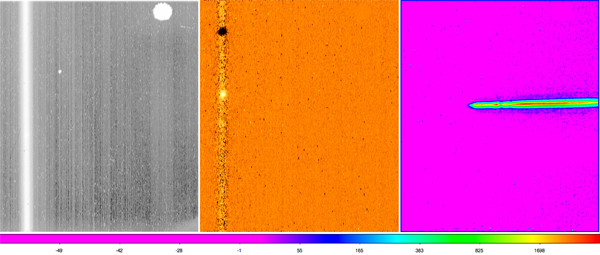
Because of the sky background being so bright and varying on a minutes-long timescale at L-band, and in order to average out the chip defects on Clio, we nod up and down the slit throughout the observations. Then Jordan will reduce the data by subtracting pairs of nods, determining the wavelength solution, and extracting the spectra. As we were walking up to the top tonight, Jared, Jordan, and I took a picture of ourselves in the mirror at the top. And I think we should have all shifted to the left and taken another picture, so that we could have subtracted the pair of images, because as you can see Jordan and Jared got hit by some “chip defects” and it looks like there is a wind-ghost messing up my hair:
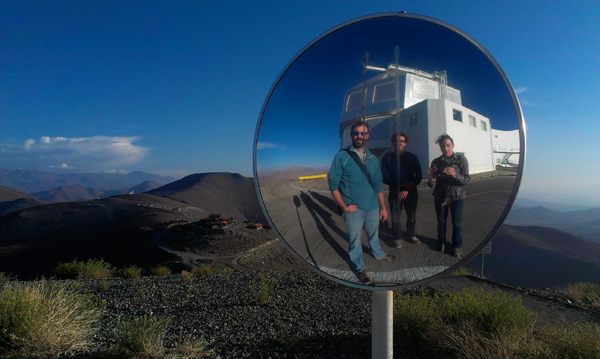
We also tried to lock on a bright star at the start of the night, when the sky was still too bright for the telescope active optics to work, so instead Jared tried closing our 10-modes 0.1-gain loop for a long time, to allow the low-order modes to offload to the telescope. It was fun to try… and it worked! But it also took a while, and maybe we could have just waited for the sun to set… Anyway, we should try again sometime and suss out the parameter space!
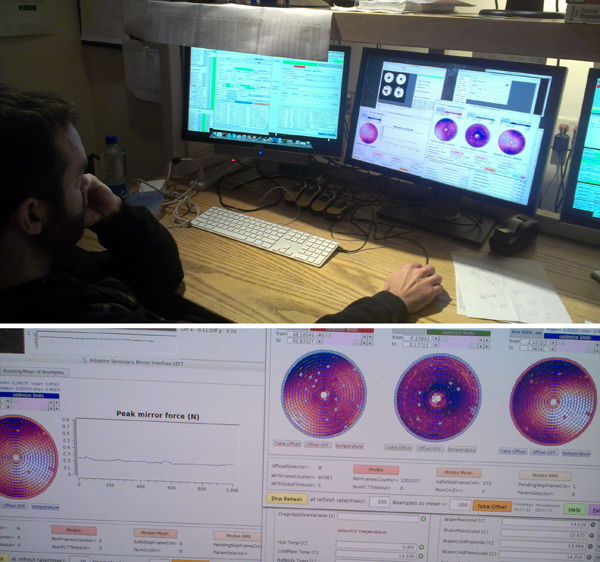
Speaking of the sun setting, here are Jared and Kate — 2 of the VisAO PhDs — at sunset:

When we wake up, we can see the telescopes beckoning us from the top:
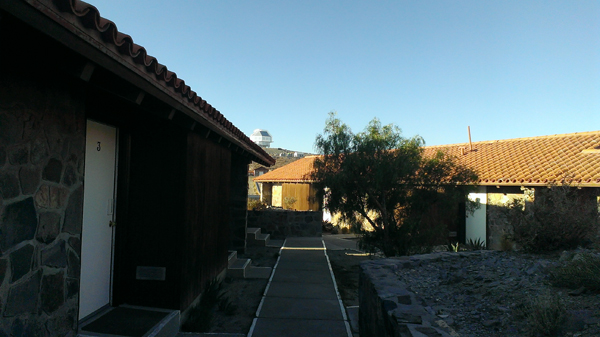
Here’s more of the dorms — really pretty and comfy:

And here are some more pretty pix from around the observatory:
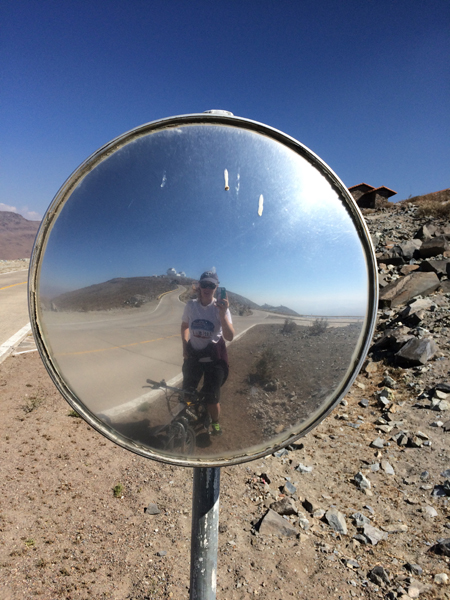
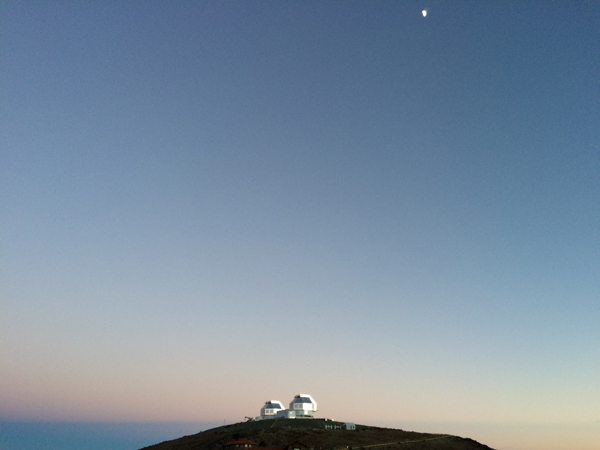
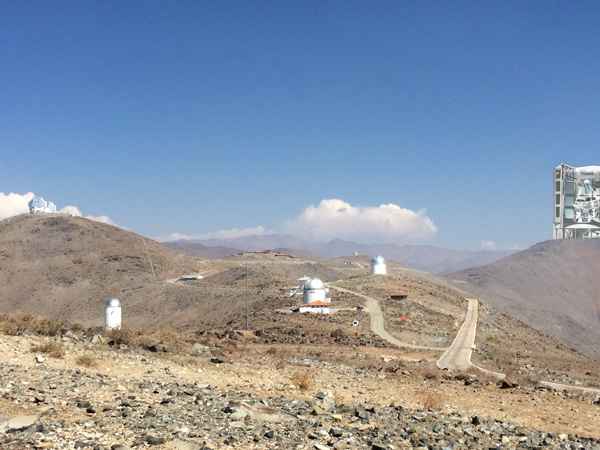
Quotes:
Jared to Povilas: When can we work on the offloading and/or the DIMM?
Povilas: How about Monday?
Jared: Sounds great. What day is today? When is Monday?
(“Day” is a vestigial mode of time measurement based on solar cycles. It’s not applicable.)
20 days and counting.